In a generative environment, you'll see loads of sequencers, switches, LFOs, VCAs, and clocking sources. You'll find sample & hold circuits, lots of effects, etc. I think there's a false believe that generative, ambient, or "drone" set-ups are simple.
-- Ronin1973
A very false belief, indeed! While drone can be simpler, it gets very irritating without some subtle internal variation, which means extra modulation sources and the right utility modules to keep them reined in.
But where it really goes off the rails is with ambient and generative.
One look at the history of ambient AND generative music brings us to a very important nexus: Brian Eno's "Music for Airports". If you are trying to do this sort of music, you need to be familiar with those four pieces! All of these pieces are both ambient and generative...but the generative process is being driven not by synth circuits, but inequally-long tape loops. I remember seeing Bang on a Can Allstars performing these back in the early 2000s (at the U of IL...which is a hilarious joke in of itself if you know anything about Illinois' composition department) and I asked Evan Ziporyn afterward about the process of trying to transcribe something like that. He showed me the transcribed score to "1/1", with lots of weird incremental time signature changes, strange notational values and the like...because it was accurate to Eno's original late 1970s tape loop realization.
Now, let's forward to the present. Technically, yes, you can do something very much like "1/1" in a modular environment. But consider...the thing that makes the original work is the slow drift-apart of the various looped fragments, ALL of which are on loops that mathematically should NEVER match up again. Now, try and figure how to translate that sort of temporal drift into a set of modules and patch connections. Ain't so easy, izzit?
First of all, you'll notice that using 2-3 modules for your generative process "core" just won't cut it. Instead, you'd be looking at a pretty complex concatenation of modulation sources, none of which should match up again once in motion. Some are faster, some are slower, and a few "governor" sources will be running at extremely slow speeds. Think hours here. Then from this, you'll need to extract various timing information...clocking, clock modulators, triggers and gates to fire other things, etc. These build up a web of conditional logic processes and resultant states. In some cases, actual Boolean logic processes can get used to alter timing positions, and in others, gradual reshaping of modulation curves can do some of this.
The funny thing is, a generative rig will likely wind up having more "process" architecture than "voice". Once you've gotten some experience with ambient and/or generative music, you tend to find that simpler sounds = more cohesive results. This doesn't mean you can just hook up your VCOs to individual VCAs, set up the triggers, and walk off, though...rather, like in drone music, some slight timbral variation is critical. BUT NOT MUCH. A good example would be this thought experiment: take the beginning of Miles Davis' "Kind of Blue" and rip out the rhythmic cohesiveness...let all the sounds just drift in time. Simple, effective. And interestingly, that pretty well describes the feel on a lot of Miles' later "In a Silent Way" just ten years later.
One other thing to keep in mind: this sort of music can be actively listened to...but that's actually not the original intent. Instead, most ambient, most generative ambient, and some drone (as long as you're not talking about Sunn o))) or something similar) is meant to NOT be listened to, but as an "acoustical colorant" for spaces. You should be able to set up a generative patch of that sort, start it up, then lower the volume to near-liminal levels to experience how it should sound. Then leave it on for...oh...a day or so and see if it works (which includes being able to all but ignore it). If you eventually forget you have it running, congrats! It works!


